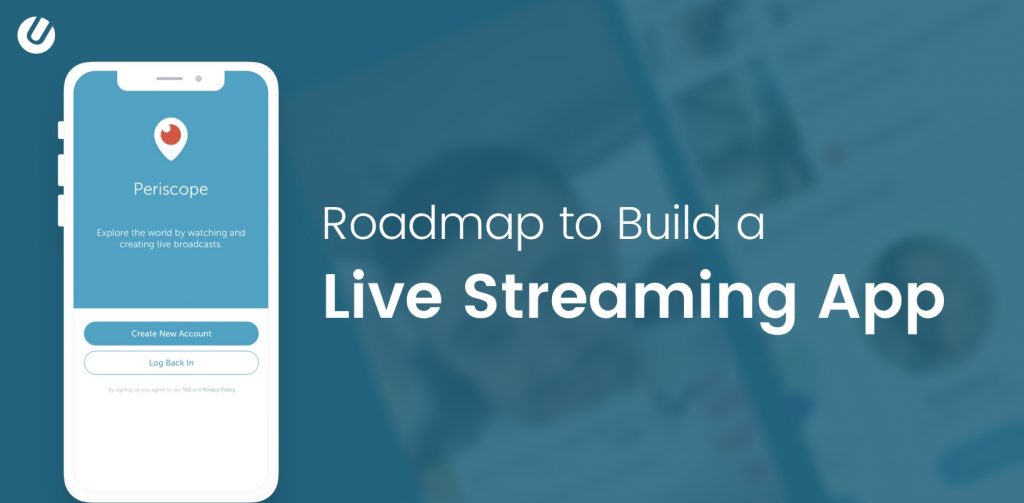There are several important steps to build a successful custom live streaming software application. More and more users are watching on-demand, live, or pre-recorded content on their mobile devices in recent years. The market for live streaming services is expected to exceed a staggering $65 billion this year.
Many industry leaders in the streaming industry are already utilizing these applications to deliver TV shows, podcasts, and live broadcasts. As a tech-savvy entrepreneur, launching your software product allows you to capture user attention, cultivate a loyal following, and expand your reach. To help you get started, read on how to build a custom live streaming software application.
Determine The Best Type Of Streaming App To Build
First and foremost, determine the most suitable type of live streaming software application to build. When it comes to living streaming software services, there are multiple popular types to consider. For example, you may want to build a live video broadcast service, allowing users to watch, create, and share videos in real-time. Similarly, you can consider developing live audio streaming software products comparable to Spotify and Pandora. Of course, these are commonly used to deliver real-time podcasts and news broadcasts to users. You can also check how to enable kids mode edge in Microsoft.
On the other hand, you can always consider building a video on-demand app (VoD). These custom applications will provide services similar to Hulu, Netflix, and YouTube. Certainly, determining the best type of streaming app to build is essential to build your custom software.
Plan Out Your Features
Next, you need to plan out the features you want to include in your live streaming software application. At a minimum, your app will need basic features for user signups, content libraries, video, and audio streaming. Simultaneously, you may want to include search, chat, and profile customization capabilities. Other important features include video quality optimization, screen sharing, and donation systems. Also check free mobile messaging apps to replace sms.
Some platforms even offer virtual private networks (VPNs) to promote security and privacy. To do so, you will need to integrate a VPS for big data websites. This way, you can guide action, enhance resource utilization, and set performance standards. Naturally, this will promote motivation, foster commitment, and establish a foundation for work. Surely, feature planning is an important step for live streaming software development.
Set Up Your Tech Stack
Once you have planned out your core features, you will need to set up your tech stack. Several important tools help you develop, deploy, and maintain a live streaming software product. For example, many teams use container registries as a single access point to manage, organize, and control Docker images. Using these resources, you can control who has access to what, scan for vulnerabilities, then make strategic patches as needed. Of course, this empowers you to require user and image authentication. Indeed, setting up your tech stack is an important step to build a live streaming app.
Choose A Programming Language
Now, you are ready to choose a programming language to build your live streaming software. Some of the most popular computer coding languages for software development include Python, Java, and Ruby. Simultaneously, many programming teams utilize JavaScript, which delivers speed, interoperability, and extended functionality. At the same time, you may need to consider alternate languages, such as PHP, Scala, and SQL. You can also check bypass upgrade blocks.
Other expert developers have even utilized Swift, Perl, or Rust to launch modern streaming services. Choosing a programming language is critical for live streaming software development.
Conduct Software Testing
At this point, it is time to conduct some software testing on your streaming services. Start by conducting static code analyses, single-user performance testing, and interface inspection on your product. Then, perform beta, sanity, and regression testing on your application. Simultaneously, you may want to consider non-functional forms of testing, such as localization, disaster recovery, and endurance analysis.
Some teams even recommend performing reliability, volume, and maintainability inspections on new software products. Naturally, this helps prevent catastrophic corporate emergencies, inspire stakeholder confidence, and ensure a smooth product release. Conducting some testing is fundamental for a successful live streaming services launch.
There are several important steps to build a successful custom software application for streaming. First off, determine the most appropriate type of application to build. Next, plan out your core application features. Once you have done so, begin setting up your tech stack. Now, you are ready to select a computer programming language to configure your product. At this point, it is time to conduct some basic software testing. Follow the points highlighted above to learn about how to build a custom live streaming software application.
